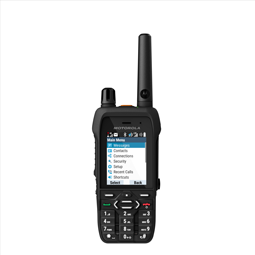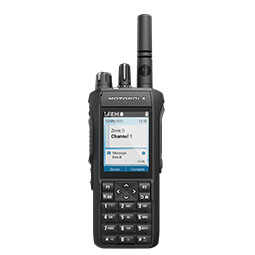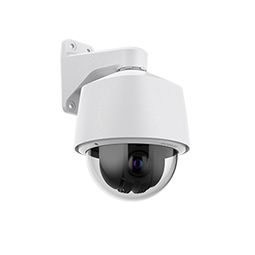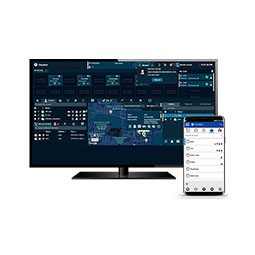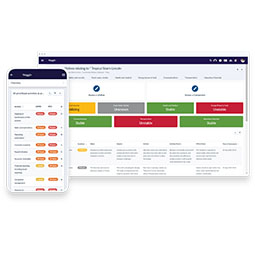


Safer oil & gas operations
In the harsh environments of oil and gas operations our safety and security ecosystem ensures connectivity crucial for operational efficiency and worker safety throughout the production value chain.
Transforming the production value chain with advanced technology solutions
From navigating routine operations across hazardous oilfields, to addressing unforeseen disruptions, your priorities are to ensure safety for all, while optimising a reliable and resilient supply chain both now and in the future.
How can these priorities be successfully achieved?
Productivity and efficiency
Help your teams maximise efficiencies with uninterrupted performances and seamless communication across every facet of your operations to boost output and reduce costs.
Worker safety
Elevate worker safety on-site with voice and video solutions that enhance situational awareness and enable immediate emergency alerts.
Future proof your operations
Make investments now to future-proof operations, focusing on ROI and minimising regret spending. Utilise and integrate data sources for better decisions with AI and automation.
Discover the elements of our ecosystem
and address today’s challenges head on
We're helping to drive safer critical infrastructure by building the best possible technologies across every part of the safety and security ecosystem to help protect facilities, people, and equipment. That’s the power of connecting communications devices and networks, video security systems and the ability to unify voice, video and data in a single view.
Oil & gas ecosystem in action: use case
See how our products work together seamlessly to solve everyday challenges and extreme events.
Automatically detect unknown individual
An unknown individual approaches a secure area, triggering an alert to the SOC.
Alert and gather information
SOC views video feeds to validate the unknown individual at the secure site.
Notify and disperse resources
Nearest security resource is located and dispatched to investigate.
Analyse data and log incident records
Automatically record incident data and flag fixed video area to track future attempts.
Resources for safer oil & gas operations

Safer oil & gas overview
Discover how our safety & security ecosystem can address needs in oil & gas operations.

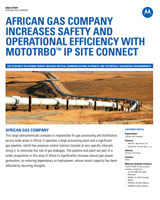
MOTOTRBO IP Site Connect in Africa
African gas company uses MOTOTRBO IP Site Connect and ATEX radios to help protect workers.
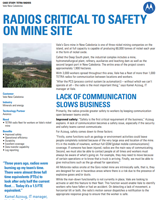
Advancing safety at Vale's mine
Read how Vale keeps workers safe, increases productivity and maintains critical network reliability.

Enabling powerful connections
Singapore’s Pulau Bukom island uses WAVE PTX and LTE devices for secure cloud-based communications.

